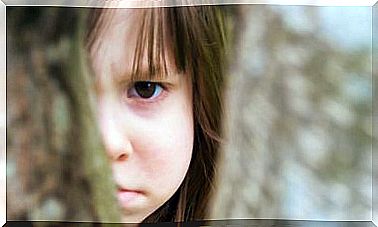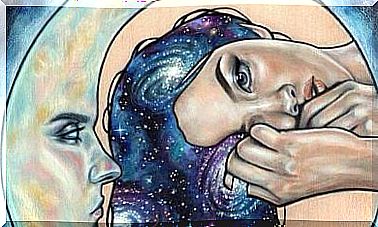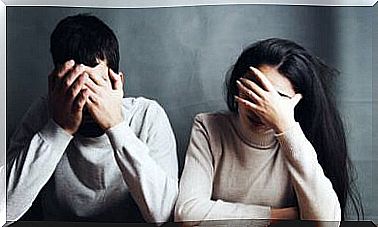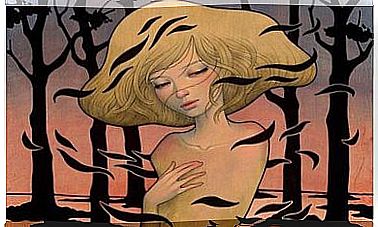Psychopathology And Creativity
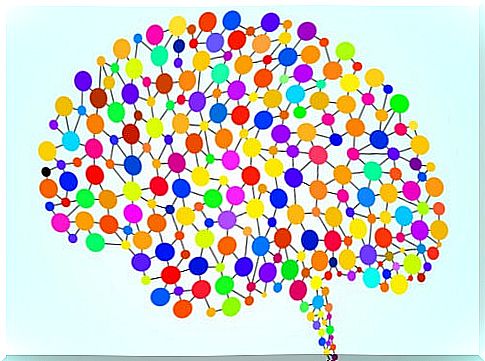
The relationship between creativity and psychopathology has been the subject of interest for hundreds of years. Already in his time, Aristotle noticed that the great scientists and artists, highly creative people, tended to melancholy. Figures such as Ernest Hemingway, Virginia Woolf, Edgar Allan Poe, Vincent Van Gogh or Edvard Munch suffered from some mental illness that affected them in their creative process.
Even today, the study of the relationship between creativity and psychopathology remains arduous and difficult. First, because to know this relationship, a scientific and formal method must be found to measure something as intangible for many as creativity.
Second, because mental disorders are multiple and highly variable, and as they say in the clinical world ” there are as many psychoses as there are people. ” This brings us to the third reason that justifies the difficulty of measuring this relationship. And it is that although the advances in neuroscience are many, the world of the psyche still seems to be a great unknown.
The study on the relationship between creativity and psychopathology
As a starting point, we can say that the study of the creativity-psychopathology relationship began after the seventeenth century. This was possible after accepting that the first variable could be susceptible to measurement. In other words, creativity was no longer an intangible variable, without the possibility of scientific study.
Authors such as Galton, Silverman or Brain, among others, postulated from this a naturalistic perspective that creativity was not an extraordinary phenomenon, but common and with biological bases. This, although it seems obvious now, had not been considered so until then. In addition, they observed that, frequently, people with high creative performance suffered from depressive, manic-depressive or neurotic disorders or symptoms.
However, it was soon concluded that this relationship should be studied more rigorously, and not just by looking at case studies. Since then, three pathways or methods have been established to study the influence of psychopathology on creativity:
- Through biographical studies of creative figures in history. The results provided by this method are not precise or conclusive, although they are very interesting.
- Analyzing the psychopathology of creative people. By applying inventories, scales, clinical-metric criteria to people with creative professions. The aim is to determine whether or not there is a higher prevalence of mental disorders. In addition, if so, in what typology they are included (affective, psychotic, etc.).
- Through the study of creativity in psychiatric patients. This method is based on the opposite principle to the previous one. If in the first one looks for psychopathology in creativity, in this one looks for creativity in psychopathology. However, the vast majority of research has focused on patients with bipolarity or schizophrenia.
What does neuroscience say about this relationship?
Numerous neuroscientific studies have been conducted over the past decades to try to determine a relationship between these two variables.
Although the results are very diverse –and sometimes even contradictory-, they indicate that “ there is an association with mental illness and / or obvious conduct disorders ” (Escobar and Gómez-González, 2006). These studies link creativity with alcoholism, suicide, major depression, bipolar disorder, schizophrenia or deficits of brain dysfunction (epilepsy, autism, etc.).
However, it must be said once again that this relationship is still not conclusive. There is currently no clear consensus among experts. At the neuroanatomical level, creativity is related, among others, to the functioning of the prefrontal cortex, responsible for higher cognitive functions.
Also with the limbic system that manages physiological responses to emotional stimuli. However, experts have pointed out that the key is in the flow of information that “runs” through the brain regions involved in creativity.
It can be concluded, therefore, that although there is still a long way to go, creativity is affected in those mental disorders in which these mentioned structures are altered. Still, mental disorders are neither a determining factor nor a sufficient factor to be creative.


